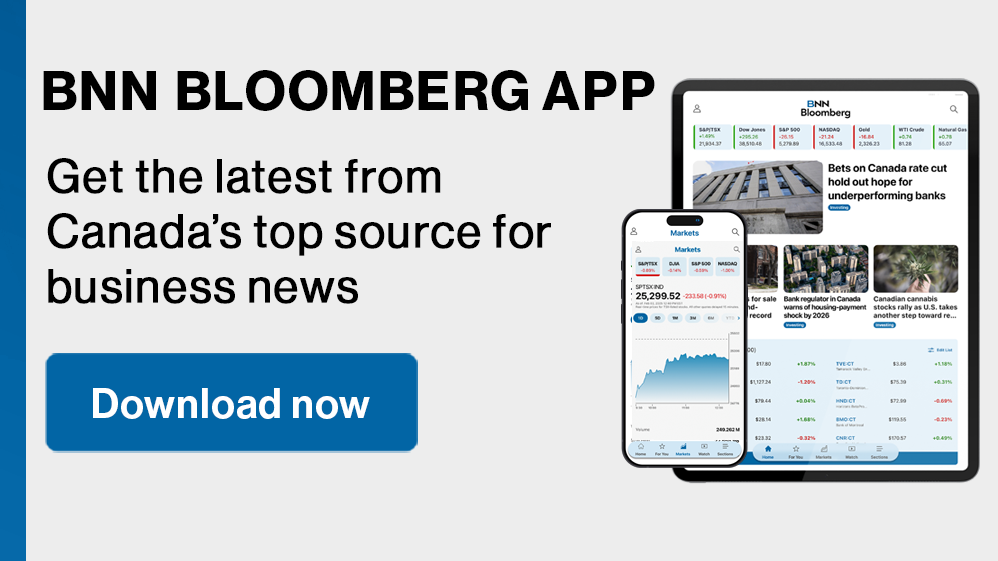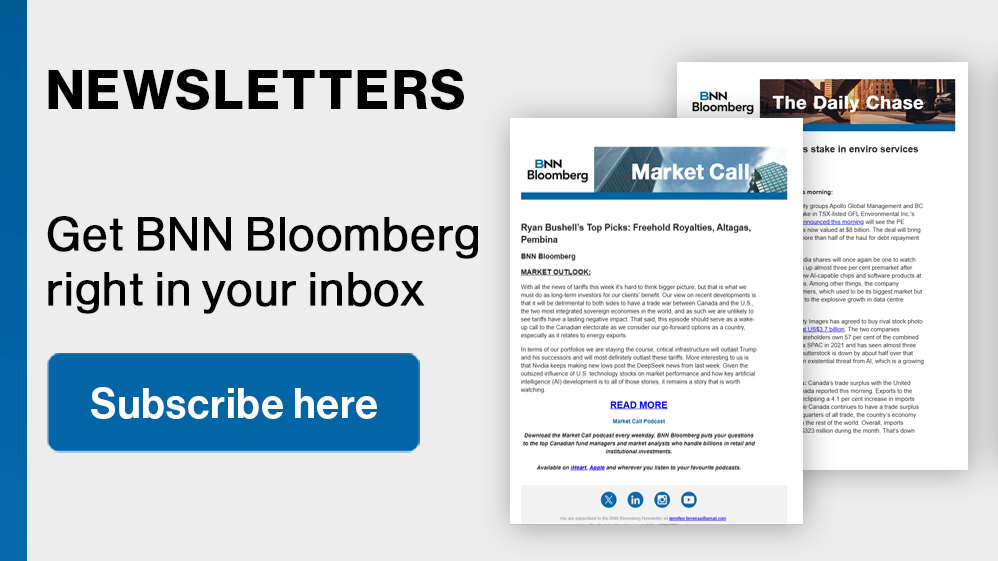(Bloomberg) -- Jeremy Grantham’s valuation-oriented investment firm is famous on Wall Street for trumpeting the contrarian, and decidedly bearish, views of its co-founder, seemingly every passing year.
These days though, the Boston-based money manager is going mainstream by joining the populist ETF boom, with offerings which include expensive-looking tech stocks that Grantham himself has long derided.
After amassing more than $1 billion for its first-ever ETF focusing on US quality stocks that launched last year, Grantham Mayo Van Otterloo introduced a trio of new ETFs in October and plans to debut two more early next year — riding emerging markets and investment-grade credit. It joins a growing list of Wall Street names plunging into the $11 trillion ETF market in a bid to tap retail demand and beef up assets, after seeing the latter decline by more than half from its peak a decade ago to around $70 billion today.
A slew of GMO’s mutual funds still require a minimum investment of $1 million, making it available only for the investing elite. But now the firm is looking to expand its line-up of easy-to-trade, low-cost ETFs for the masses.
“They will not be our last,” said Scott Hayward, GMO’s chief executive officer. “We are actively discussing and considering which of our investment teams’ strategies and ideas are best suited for clients in the form of an ETF.”
Strategies that are not yet wrapped as ETFs include some of the firm’s largest and oldest products such as the GMO Emerging Country Debt Fund and the GMO Benchmark-Free Allocation Fund. Roughly half of the firm’s offerings have beaten their benchmarks in the past three years, data compiled by Bloomberg Intelligence’s David Cohne show. Yet few managed to stay ahead of the S&P 500, as is mostly the case for the fund industry, particularly managers who focus on value, international equities or fixed income.
For its very first ETF (ticker QLTY), GMO chose to mirror its nearly $11 billion GMO Quality Fund, a mutual product, which has outperformed its benchmark over the long-term horizons including three, five and 10 years, BI data show. Prospective client demand spurred the firm to launch an ETF version of the strategy, with top holdings that include Microsoft Corp., Apple Inc., Meta Platforms Inc. and Google parent Alphabet Inc.
“There was pent-up demand because people knew who GMO was but they didn’t necessarily have the same level of access in certain constituents,” Hayward said.
The driver of the AI-fueled momentum trade — Nvidia Corp. — isn’t off limits if the stock dips and provides an attractive entry level, according to Tom Hancock, portfolio manager of QLTY.
“The scenario where we’d buy it is there’s a pullback in AI investing,” Hancock said. “There’s some bad news that feels like it’s short term.”
Yet belying its quality-strategy offerings, GMO remains best known for its valuation obsession: Calling out bubble-like mega-cap stocks, while sticking to its long-suffering call that so-called deep value stocks offer a lucrative alternative. And once again this year, the strategy of scooping up cheap stocks has been eclipsed by the tech boom led by the so-called Magnificent Seven. That’s despite the fact the value-investing style has ginned up still-respectable returns thanks to this year’s epic rally in risky assets.
Ben Inker, GMO’s co-head of asset allocation, is keeping the value faith. He’s seizing on the policy uncertainty wrought by the incoming Donald Trump-led administration to issue a fresh warning about investing in companies that trade on high valuations on the promise of generating profits far into the future.
“Growth stocks today are trading at very large valuation premia based on investors’ belief that these companies will do very well in future on a fundamental basis,” said Inker. “In a world which is more unpredictable, more of those high multiple companies are likely to wind up disappointing, and more of the very discounted value stocks will wind up doing better than investors currently expect.”
©2024 Bloomberg L.P.














